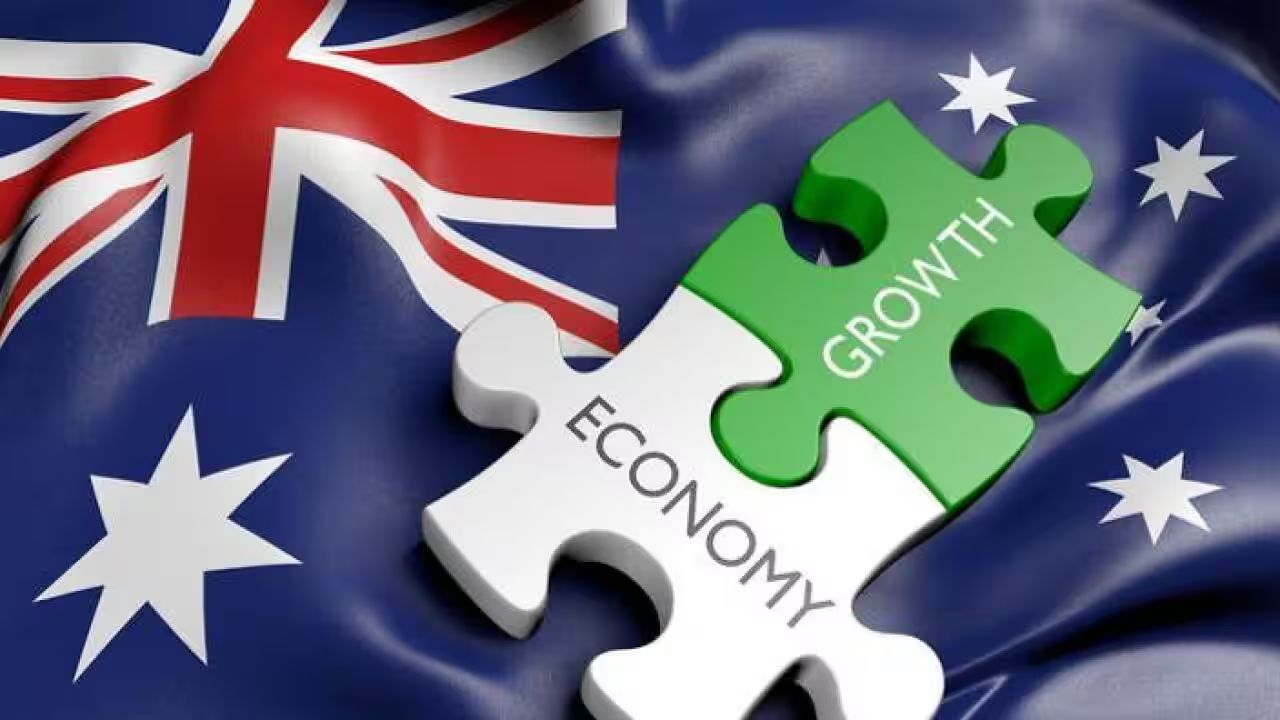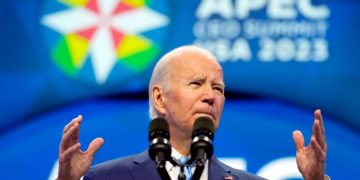In the face of persistent inflation and a cooling labor market, the Federal Reserve remains cautious, opting not to lower interest rates just yet. The imminent monetary policy meeting in July is expected to keep rates unchanged, and all eyes are now on September as the potential turning point for a rate cut. The frequency of warning signals, however, leaves the Federal Reserve with dwindling time.
Amidst rising household debt pressures, declining consumer confidence, and a weakening manufacturing sector, the United States economy displays clear signs of a slowdown. Debt levels soared by $184 billion in Q1, reaching a staggering $17.69 trillion, with credit card balances alone increasing by 13.1% year-over-year. Delinquencies are on the rise, marking new highs since 2011 for both 30-day and 90-day credit card delinquencies.
The high-interest-rate environment exacerbates household debt distress, further hampering consumer spending. The University of Michigan’s consumer confidence index dipped to 66.0 in July, below the forecasted 68.5, reflecting dwindling consumer confidence. Concurrently, the manufacturing sector struggles, with the ISM Manufacturing PMI dropping to 48.5 in June, down from May’s 48.7. Investment prices fell from 57.0 to 52.1 over the same period.
The New York Fed’s manufacturing index also took a hit in July, marking the eighth consecutive month of contraction with new orders and shipments both declining. Real estate is not faring well either. In June, single-family housing starts plummeted to an eight-month low, signaling a sluggish real estate market that might weigh down on economic growth in Q2. Building permits hit a new yearly low, indicating potential constraints on future construction activities if the Federal Reserve waits until September to cut rates.
The Federal Reserve’s June Beige Book supported the market’s belief that U.S. economic growth is set to slow down, with most regions maintaining mild to moderate growth rates. Notably, while seven regions experienced growth, five saw stable or declining economic activity, a rise from the previous report.

The persistent rise in wages, albeit moderate, and the upward trend in prices, add complexity to the inflation outlook. Inside the Fed, voices like Chairman Jerome Powell advocate for caution, indicating that the need to lower rates may not wait until inflation drops to the Fed’s 2% target. With inflation rebounding in Q1, the FOMC is likely to approach the rate cut question with heightened prudence.
June’s monetary policy meeting minutes underscored a unified view among committee members, noting moderate progress toward the 2% inflation target and improved balance between employment and inflation goals over the past year. Yet, economic uncertainties linger, with a close eye on inflation trends.
Voices within the Fed are shifting towards a more dovish stance, with Powell emphasizing that a rate cut need not await a return to 2% inflation. Lower-than-expected CPI figures in June bolstered confidence in an imminent rate cut, as inflation seems to be tracking back to the 2% goal.
Ultimately, faced with recessionary signals, the Federal Reserve must balance inflation control with sustaining economic growth. Between the July and September policy meetings, pivotal economic data releases and the upcoming November presidential election make September the last viable window for a pre-election rate cut.

































